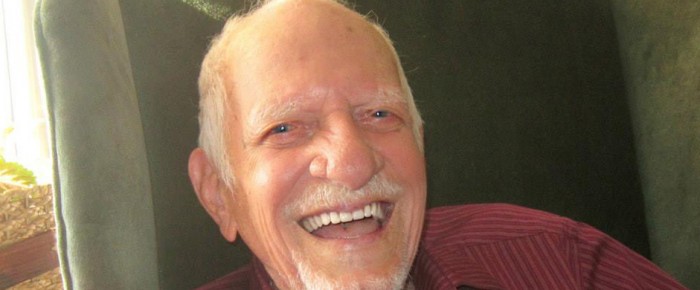Nereo López isn’t a typical 92-year-old; he’s more like a typical young, starry-eyed artist who wakes up at noon and gets inspiration from everything around him. His small frame is…
Read moreAn iconic Colombian photographer finds new life in NYC at 92

